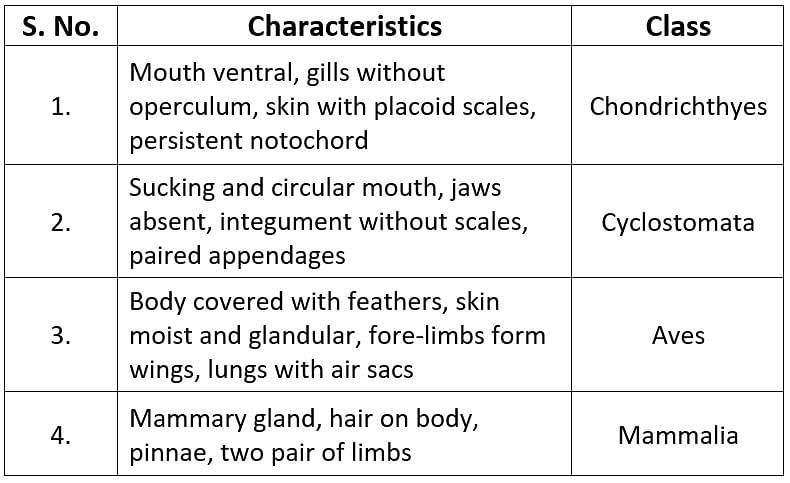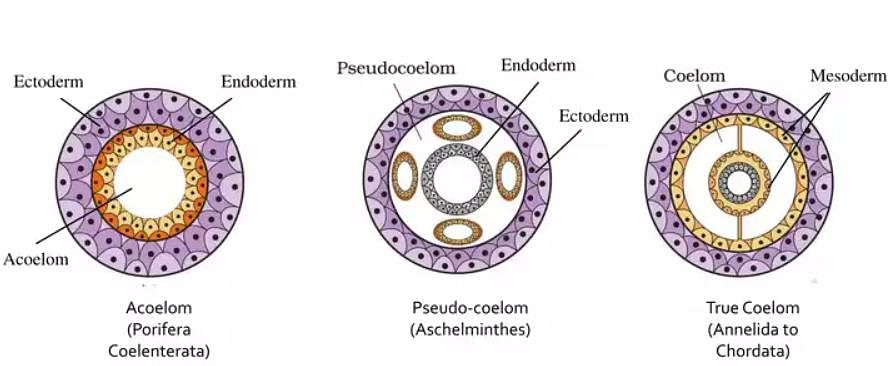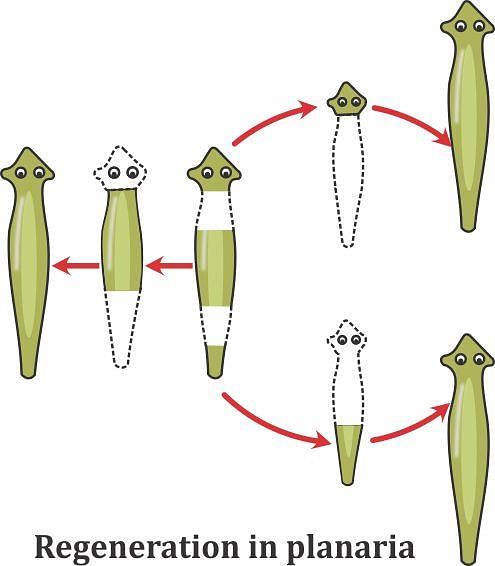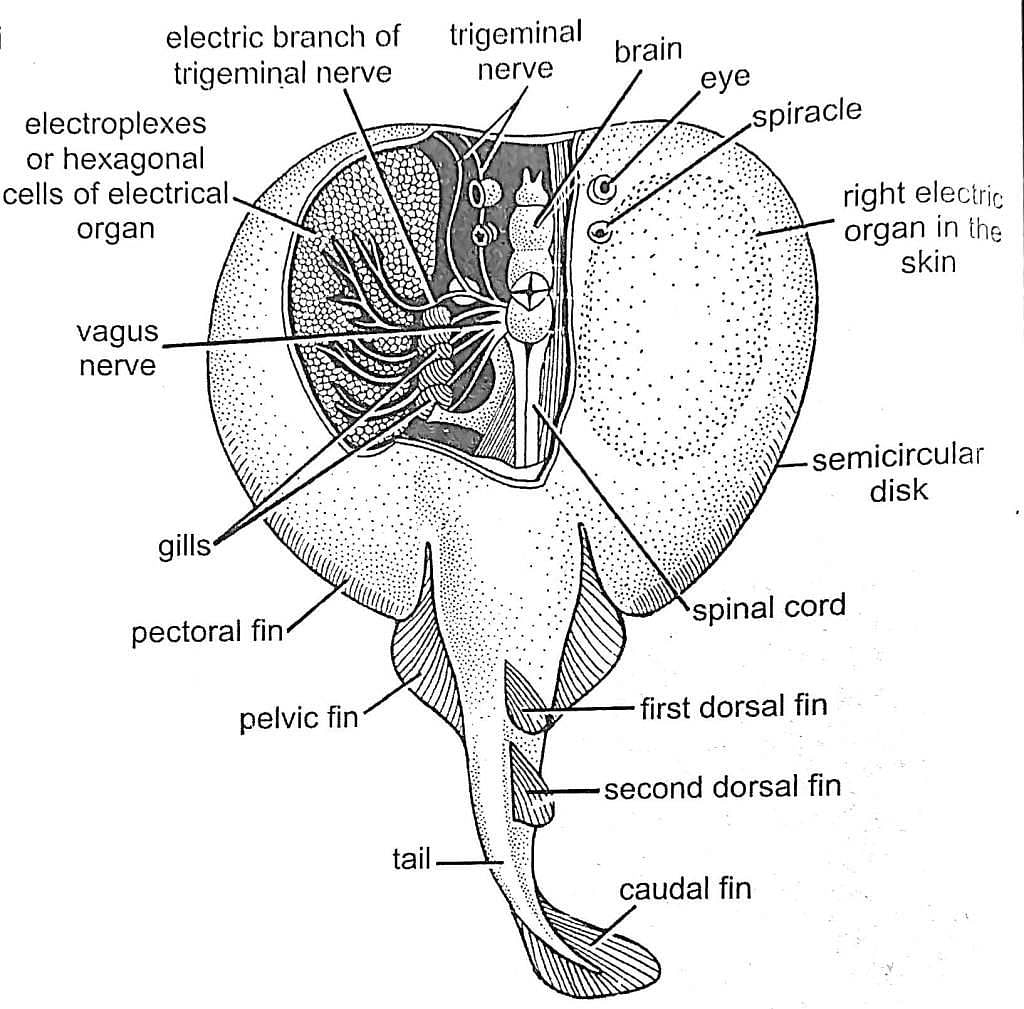31 Years NEET Previous Year Questions: Animal Kingdom - 1 - NEET MCQ
15 Questions MCQ Test Biology Class 11 - 31 Years NEET Previous Year Questions: Animal Kingdom - 1
Read the following statements. (NEET 2021)
(a) Metagenesis is observed in Helminths.
(b) Echinoderms are triploblastic and coelomate animals.
(c) Round worms have organ-system level of body organization
(d) Comb plates present in ctenophores help in digestion.
(e) Water vascular system is characteristic of Echinoderms.
Choose the correct answer from the options given below.
(b) Echinoderms are triploblastic and coelomate animals.
(c) Round worms have organ-system level of body organization
(d) Comb plates present in ctenophores help in digestion.
(e) Water vascular system is characteristic of Echinoderms.
Bilaterally symmetrical and acoelomate animals are exemplified by : [NEET 2020]
| 1 Crore+ students have signed up on EduRev. Have you? Download the App |
Consider the following features. [NEET 2019]
(A) Organ system level of organisation
(B) Bilateral symmetry
(C) True coelomates with segmentation of body
Select the correct option of animal groups which possess all the above characteristics.
(B) Bilateral symmetry
(C) True coelomates with segmentation of body
Which of the following animals does not undergo metamorphosis? [NEET 2018]
Which one of the following characteristics is not shared by birds and mammals ? [2016]
Which of the following characteristic feature always holds true for the corresponding group of animals? [2016]
Body having meshwork of cell, internal cavities lined with food filtering flagellated cells and indirect development are the characteristics of phylum ______. [2015 RS]
A jawless fish, which lays eggs in fresh water and whose ammocoetes larvae after metamorphosis return to the ocean is: [2015 RS]
Which of the following animals is not viviparous? [2015 RS]
Select the Taxon mentioned that represents both marine and freshwater species: [2014]
Which one of the following living organisms completely lacks a cell wall? [2014]
Planaria possesses high capacity of: [2014]
A marine cartilaginous fish that can produce electric current is: [2014]
Which of the following represents the correct combination without any exception?

Which of the following features is not present in the phylum - Arthropoda?
|
181 videos|361 docs|148 tests
|





















